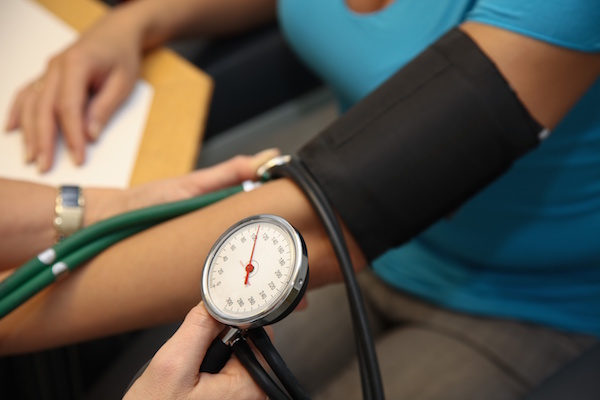
FRIDAY, June 10 (HealthDay News) — Americans who routinely turn to hospital emergency departments for non-urgent primary care are a big source of frustration and stress for the doctors who run those facilities, a new national survey reveals.
Roughly 90 percent of ER doctors polled said that the frequent draining of emergency resources and staff to manage chronic medical and social issues is a problem and a challenge.
“What we found is that emergency department doctors recognize that this is a problem and are asking for help,” said study author Jennifer Peltzer-Jones, a clinical psychologist and registered nurse in the department of emergency medicine at Henry Ford Hospital, in Detroit. In some cases, patients are coming back 20, 30 or 40 times a year, she added.
“Most, 97 percent, of physicians stated that they have frequent users,” she said. “So, this is a national problem.”
While more than two-thirds said that hospital administrators need to implement programs to manage the problem, fewer than one-third said their hospitals had actually done so.
The result: a drop in empathy for frequent-use patients, coupled with a rise in physician burnout.
The researchers, who defined frequent ER users as those seeking emergency room care 10 or more times a year, presented their findings recently at a meeting of the Society for Academic Emergency Medicine.
A lack of medical insurance is not always the prime motivation for seeking care in an ER setting, the researchers found. Frequent users, they said, often struggle with a chronic medical condition while lacking easy access to a primary care doctor or specialist. In some cases, homelessness and lack of transportation resources play a role. Substance abuse and psychiatric illness were also cited.
Between July and October 2010, the researchers polled 1,000 members of the American College of Emergency Physicians, and 500 hospital physician residents, staff members and former employees. More than a quarter (representing ER staff in all states except for Alaska) responded.
Eighty-two percent said they felt some degree of burnout as a result of trying to cope with the inappropriate frequent use of their ER.
Aspects of burnout included feeling emotionally exhausted, treating patients with an increasingly depersonalized eye, and/or a plummeting sense of personal accomplishment on the job.
Being an “experienced” ER physician did not appear to protect physicians from the threat of burnout, the survey indicated.
Nearly six in 10 ER doctors said they felt less empathy for frequent ER users than for those seeking appropriate urgent care. About three-quarters said they bore a bias against such frequent users.
The survey did not address how lack of empathy might affect quality of care, Peltzer-Jones noted.
“If we don’t want our health-care providers to burn out, I think hospitals really have a responsibility to help them and provide some kind of program for these patients,” she added. “Because at a minimum, it is having an effect on staff.”
Dr. Marshall Morgan, chief of emergency medicine at Ronald Reagan UCLA Medical Center in Los Angeles, said he was not surprised by the poll results.
“Frequent use patients tend to have problems that can’t be managed well in an emergency department,” he said. “Some lack insurance, and so they have problems that need to be addressed but can’t set themselves up with a continuity doctor because they can’t afford it. Others have chronic pain problems and come in looking for relief, and often have developed a dependence on pain medication, particularly narcotics. And this makes ER doctors particularly crazy and frustrated. Which is understandable.”
“Managing these patients better can not only make your staff happier, but it can also pay off in the long run,” Morgan said. “Because they take up a lot of staff time, and are a huge cost to a hospital that will often not get reimbursed. But I don’t know of very many places that have done an effective job at coping with the problem.”
Because the research was presented in a meeting, the findings should be considered preliminary until published in a peer-reviewed journal.
More information
For more on ERs and non-urgent care, visit the Careforall.net.

